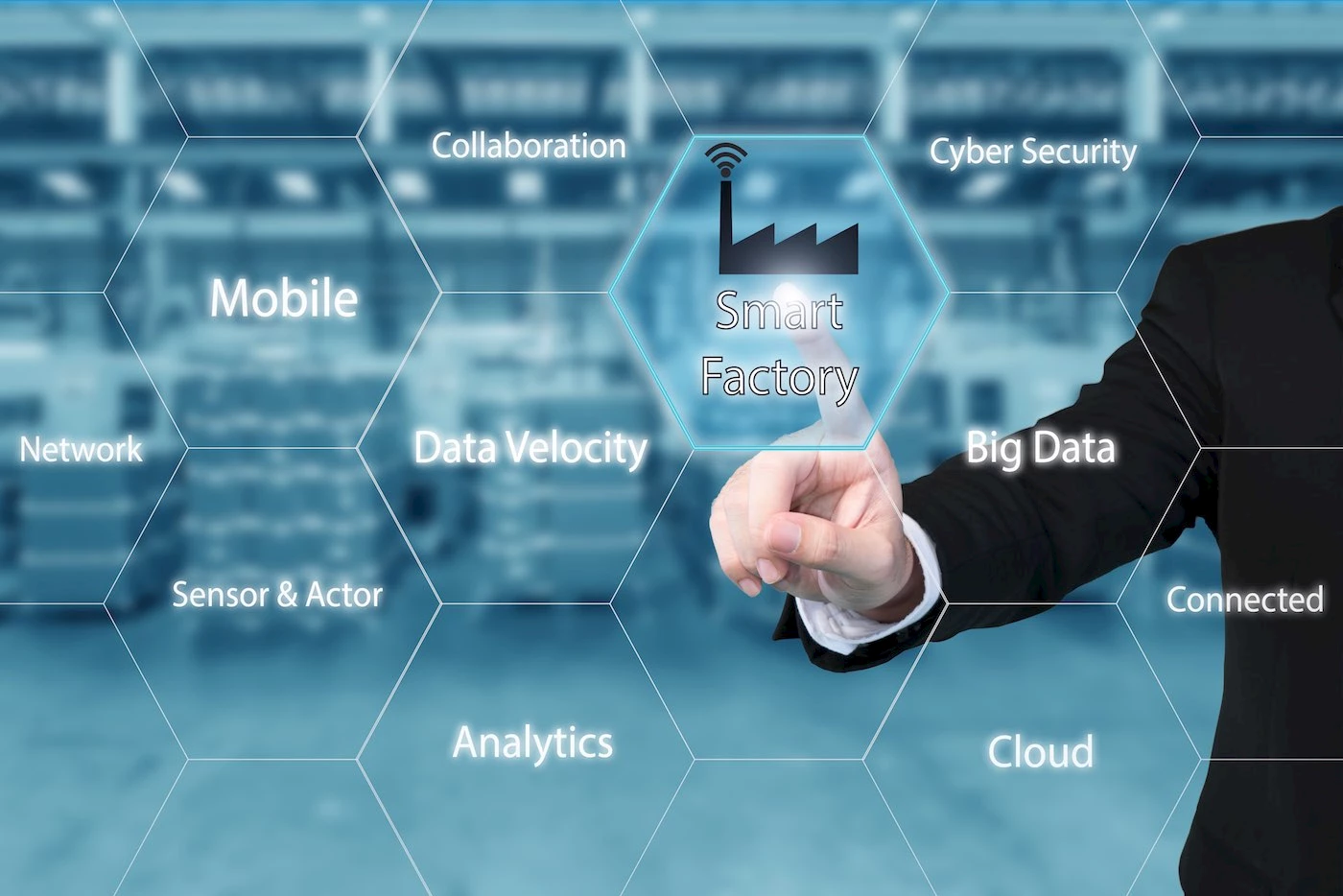Everyone has heard of the Internet of Things (“IoT”); it certainly is one of the most significant technological “trends” of the last few years. So significant, in fact, that its scale defies understanding: in 2016, the number of objects connected to the Internet was close to 5 billion, and in 2020, it will be closer to 20 billion 1. And yet, this phenomenon is still in its infancy.
Many analysts describe the Internet of Things as the innovation that will transform the way we live and work; it probably is also the one that will generate the greatest potential business opportunities. After all, Cisco estimates that 99.9% of potentially connectable apparatus are still not on-line 2.
What will the next few years bring? Here are a few ideas and possibilities.
Interoperability
There are already many different applications for the Internet of Things, but most only allow controlling objects remotely. Few of these “objects” communicate with one another; yet that is truly where smartness starts. Indeed, the true value of smart devices lies at the crossroads of collecting (masses of) data and putting that data to good use.
But the field is very fragmented, and one crucial component is still missing, according to a McKinsey report 3 based on a study of 150 representative cases: interoperability. “Interoperability between IoT systems is critical. Of the total potential economic value the IoT enables, interoperability is required for 40 percent on average and for nearly 60 percent in some settings.”
Which means that a considerable amount of work will need to be done upstream, at the manufacturing stage, to overcome interoperability issues in terms of operating systems, supports, interfaces… “For the IoT to succeed, open interfaces or APIs should be encouraged, […] and new standards created 4.”
Optimization and prediction
Currently, an infinitesimal portion of data generated by the Internet of Things is actually being used (some say as little as 1%), while the other 99% is basically being thrown away. This is because most applications have data usage scenarios that are much more restricted than their technological potential would allow, for example collecting reams of data just to flag anomalies.
But the possibilities are endless when you consider the ability of this data to provide a new perspective. The IoT’s greatest successes stem from projects that make good use of entire data sets to optimize their operation over the medium and long term, for example by predicting desirable behaviours, probable situations or potential problems.
The rise of sensors
All sources agree: tomorrow’s Internet of Things will rely not just on computers or even smart devices and other processor-laden machines, but equally, and quite simply, on the power of sensors. According to Forbes, “A big part of the Internet of Things isn’t so much about smart devices, but about sensors. These tiny innovations can be attached to [almost anything]. This will allow businesses to collect more and more specific feedback on how products or equipment are used, when they break, and even what users might want in the future 5.”
What about “wearables”?
Just a few years ago, “wearables”, i.e. smart devices worn on the body, such as watches and clothing, were going to take over the IoT, if the number of crowdfunding platforms was to be believed.
Have wearables delivered? It would seem that the media hype did not bring about large-scale adoption. One report goes as far as to state that “that up to a third part of the people that start using a wearable, stop using it within the first six months of use. Other studies are even more pessimistic and remark that maybe even half of those wearables fall into a forgotten drawer or end up on eBay very soon after being purchased… 6”. Ironically, though these figures confirm what we already knew, i.e. that just buying a gadget doesn’t lead to fitness, it certainly isn’t stopping people from trying anyway. Quite the contrary: this segment of IoT is expected to experience triple-digit growth(!), according to some analysts 7.
—
References
- Forbes: 17 ‘Internet Of Things’ Facts Everyone Should Read.
- Telefonica: 6 facts you should know about the IoT in 2016.
- McKinsey: Unlocking the potential of the Internet of Things.
- McKinsey: Ibid.
- Senuron: The Role of Sensors in the Industrial IoT.
- Telefonica: Ibid.
- IDC: Apple Debuts at the Number Two Spot as the Worldwide Wearables Market Grows 223.2% in 2Q15, Says IDC.

